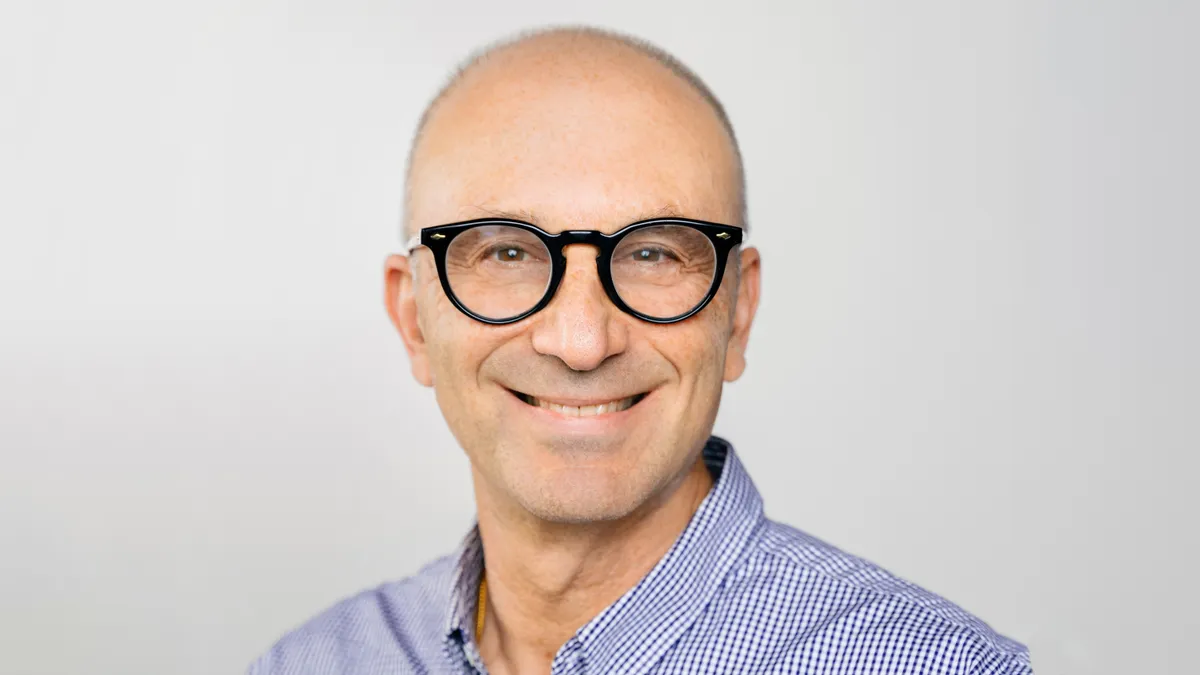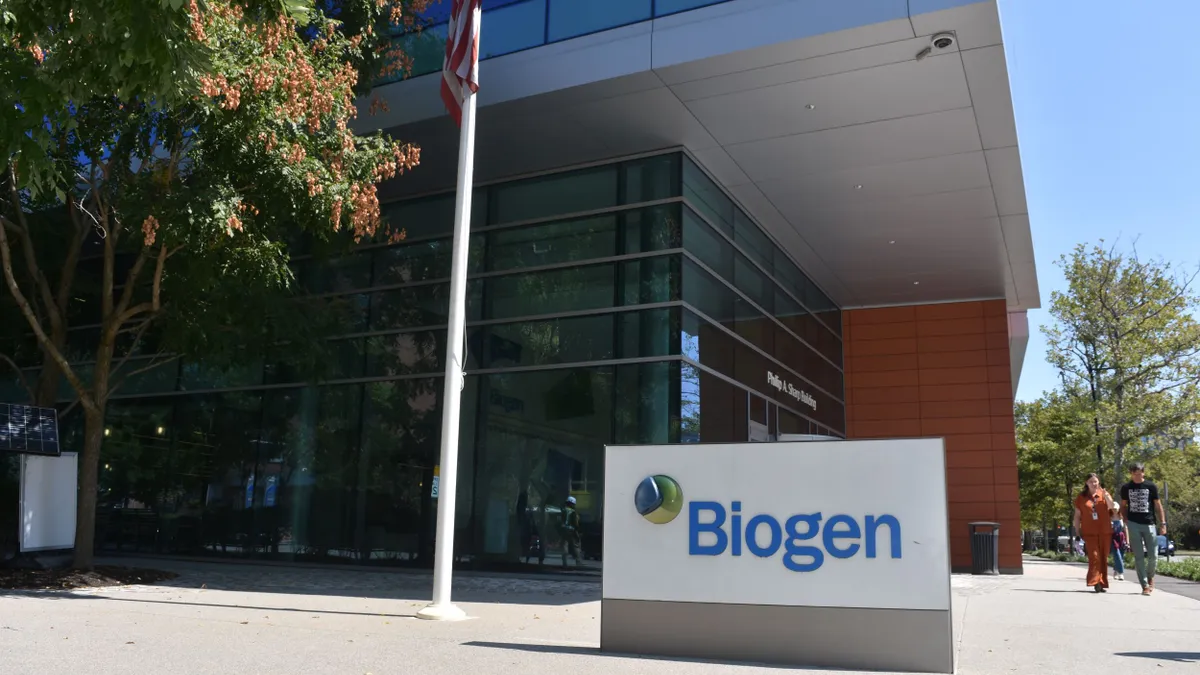Determining a drug’s value can be tricky. After all, how much is a patient’s life worth? A recent report from consulting firm Milliman explores a new metric by which a drug’s value can be determined, adding real-world evidence to the traditional equation for a more focused lens on health equity.
Currently, the standard method of finding a drug’s cost effectiveness — as used by the national NICE program in the U.K. and the watchdog organization ICER in the U.S. — is the “quality-adjusted life year,” or QALY. Simply put, one QALY is equivalent to one year of a patient’s life in good health as provided by a drug. Those organizations compile clinical data to determine how many QALYs a drug offers patients and assign a monetary value to that benefit.
The system isn’t perfect. Placing a value on patients’ lives ignores many other factors, but in a healthcare landscape that demands capital compensation, no system could be. “Good health” is not the same for every patient.
Milliman’s new concept, called “standard of living valuation,” or SoLV, takes the QALY one step further to incorporate real-world evidence that accounts not only for the clinical benefit of a treatment, but other parts of a patient’s life that contribute to health outcomes. Unlike the QALY method, the SoLV equation brings health discrepancies into play.
“Under the SoLV framework, therapies for conditions with greater discrepancies in health outcomes by socioeconomic factors will generate higher values, all else being equal,” Milliman wrote in the report, which was commissioned by the Alliance for Aging Research. “This methodology taps the wealth of [real-world data] about income, social determinants of health and outcomes.”
Coming up short
As the dominant method of assigning value to a drug for more than 30 years, QALYs are used to make benefit coverage decisions and compare medical interventions to one another, the Milliman report said.
But the standard approach of combining “quality of life and life duration into a single metric” comes with caveats, particularly around people with disabilities, and doesn’t differentiate between a long-lasting intervention and one with better short-term outcomes. Milliman points out that other metrics have been developed to account for people with disabilities so as to not discount the value of a patient’s life.
And when it comes to pricing negotiations by the U.S. government — like the Medicare negotiation program under the Inflation Reduction Act — QALYs aren’t used due to the perception that elderly, disabled or terminally ill patients are not given as much weight. These restrictions keep valuable information out of the government’s hands and off the negotiation table.
That’s why Milliman proposes real-world evidence as a better guide for cost effectiveness to go beyond what happens in a controlled trial environment. While a new cancer drug, for example, might extend patients’ lives significantly in a clinical trial, it might be less effective in a rural or lower-income setting where resources are tighter.
“[Real-world evidence] generated after treatments have entered the market can provide additional insights beyond initial [randomized controlled trial] findings,” the report said. “When the goal of value assessment is to provide guidance on which health policy choices will have better outcomes in the real world, [real-world evidence] becomes a powerful resource.”
Where QALYs fall short, the SoLV method could offer a new way of looking at drug value, taking into account factors like income, education, housing, diet, family support and leisure activities — all important contributors to overall health.
And when a therapy addresses a condition with a sizable difference between two groups of people, that is taken into account in the determined value. Milliman uses heart attacks as an example. From real-world data, the rate of heart attacks is a good deal higher in patients with lower incomes than those with higher incomes, and so if a drug is consistent in reducing heart attack in clinical trials, that drug is actually more beneficial for families with lower incomes, given the higher rate. Thus, that difference is put into the SoLV equation.
Taking all of these factors into account, the SoLV method, like QALY, comes up with a recommended price of a drug based on the value, but Milliman emphasizes that “value does not imply price.”
Adina Lasser, public policy manager at the Alliance for Aging Research said the new method is long overdue.
“The National Council on Disability and the patient advocacy community have documented the shortcomings of QALYs, but all we’ve seen from health economists are tweaks to the basic QALY framework,” Lasser said in a statement, noting that Medicare could make use of SoLV in price negotiations. “We now have a framework that is independent of QALYs, QALY-like alternatives, and their weaknesses. The use of SoLV is advantageous for patients and gets to the root of what matters to them by incorporating data and other considerations that reflect their real-world experience of the healthcare system.”
With so much discussion around drug prices and the value drugs provide to patients, these equations offer a benchmark for a fair place to initiate those discussions. And although no cost effectiveness framework can perfectly encapsulate all the nuances of a certain medicine as well as a patient’s needs, bringing a wealth of real-world evidence to the table could be one place to start.




















